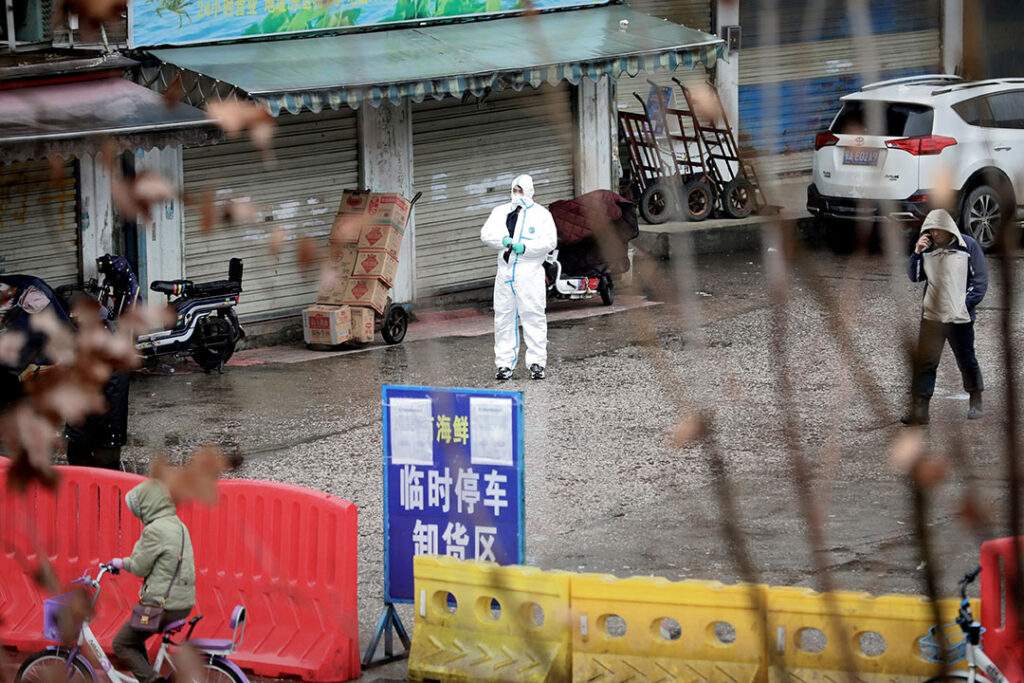ADF STAFF
Nearly a year after the World Health Organization (WHO) formally declared COVID-19 a global pandemic, China agreed to let an international team of researchers enter the country to hunt for the origin of the disease — then abruptly blocked the mission even as some members were in transit.
The last-minute roadblock is the latest step in nearly a year of sensitive and highly political negotiations between the WHO and China over determining the origins of COVID-19.
The WHO mission has been in the works since shortly after global health officials declared the pandemic in early 2020. The goal is to find the source of COVID-19 and the way it moved from animals to humans. In the WHO study’s terms of reference, the document laying out the scope of the team’s work, researchers say they know very little about how the virus might have gotten its start in Wuhan in late 2019.
At a news conference on January 6, 2021, Chinese Foreign Ministry spokesperson Hua Chunying confirmed that the WHO mission members had been blocked from the country. She said negotiations still were going on as to the time and procedures for the visit — issues that had been settled last year.
Director-General Tedros Adhanom Ghebreyesus said at the WHO’s weekly briefing on January 5 that he was disappointed by the development. One of the traveling experts returned home, he said. The other was waiting in a third country.
The team includes 10 disease experts from countries such as Denmark and Qatar.
“We were all operating on the understanding that the team would begin deployment today,” Michael Ryan, executive director of the WHO’s Health Emergencies Program, said during the January 5 daily briefing. “We trust and we hope this is just a logistic, bureaucratic issue that can be resolved very quickly.”
The first documented cases of COVID-19 came from Wuhan’s wet market. Vendors there sold a variety of wild animals for food and for use in traditional Chinese medicine (TCM). Such crowded markets can help viruses jump from one species to another, eventually infecting people.
Since COVID-19 appeared in China, the WHO has recorded 84.7 million cases worldwide and 1.8 million deaths.
Shortly after reporting the outbreak, Chinese authorities closed and cleared the market, potentially erasing any evidence researchers could have used to pinpoint the source of the virus. Since then, China has resisted independent international investigations into the local origin of COVID-19. It continues to suggest the outbreak began elsewhere.
WHO’s mission to China planned to investigate COVID-19, known scientifically as SARS-CoV-2, in part by expanding on the knowledge of the original SARS (SARS-CoV-1), a similar respiratory disease that began in China in 2002 and spread to humans from horseshoe bats, which are common in central China.
Bats carry a variety of coronaviruses like those that cause SARS and COVID-19. The viruses often require an intermediary animal to jump to humans. Research found a similar virus in pangolins, which are a popular component of TCM.
The WHO mission seeks to pin down the animal-to-human transmission method to better understand this virus and prevent future outbreaks.

